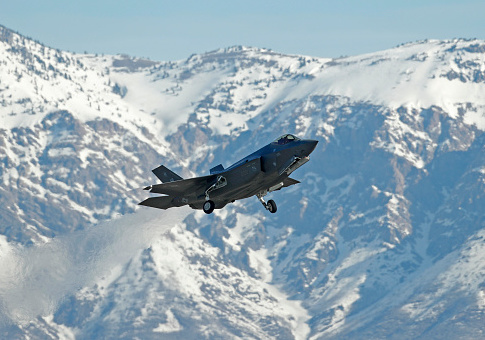Congress is heading toward a budget showdown next month after the two chambers agreed to a defense authorization plan for fiscal year 2018 that exceeds federal spending caps by roughly $85 billion.
Lawmakers in coming weeks will have to reconcile the cost of the $700 billion National Defense Authorization Act with current spending limits, but members have yet to come to an understanding on how to deal with the issue.
The spending compromise, unveiled last week by the House and Senate Armed Services committees, still needs final approval by the full House and Senate, but the caps imposed by the 2011 Budget Control Act must be lifted before the legislation can be passed into law.
A fight is expected because congressional Democrats have pledged to block major increases to defense spending unless Republicans approve equal increases to nondefense programs. Congress must come to a compromise by mid-December, when current funding expires, to avoid sequestration and avert a government shutdown.
"The unfortunate thing here is that the whole discussion on how to reform taxes has gotten the focus of Washington and no one is paying attention to what is going on in defense," said Fred Bartels, a policy analyst for defense budgeting at the Heritage Foundation. "I really have not seen anyone talking about reconciling the gap between the NDAA and budget caps or any proposals on how to do it."
The defense-spending plan allots $626 billion for base defense funding along with an additional $66 billion not subject to budget caps for ongoing operations in Iraq, Syria, and Afghanistan.
The measure aims to begin rebuilding what lawmakers have called a deteriorated military.
The bill calls for an increase to active troop levels by more than 16,500, with 7,500 additional active-duty Army soldiers, 4,000 more active-duty sailors, 1,000 additional active-duty Marines, and 4,100 more active-duty airmen.
The budget blueprint authorizes a 2.4 percent military pay raise, which is slightly above the administration’s 2.1 percent recommendation.
The defense legislation also allocates money for 90 new F-35 joint strike fighters, 24 F/A-18 Super Hornet jet fighters, and three littoral combat ships. All of the increases are above the requests put forth by President Donald Trump in May.
The bill now moves to a vote on the floors in the House and Senate, with a vote expected in the lower chamber this week. Once approved, lawmakers must negotiate a compromise to pay for the budget. This will require Congress to lift the current caps on spending to avoid sequestration.
